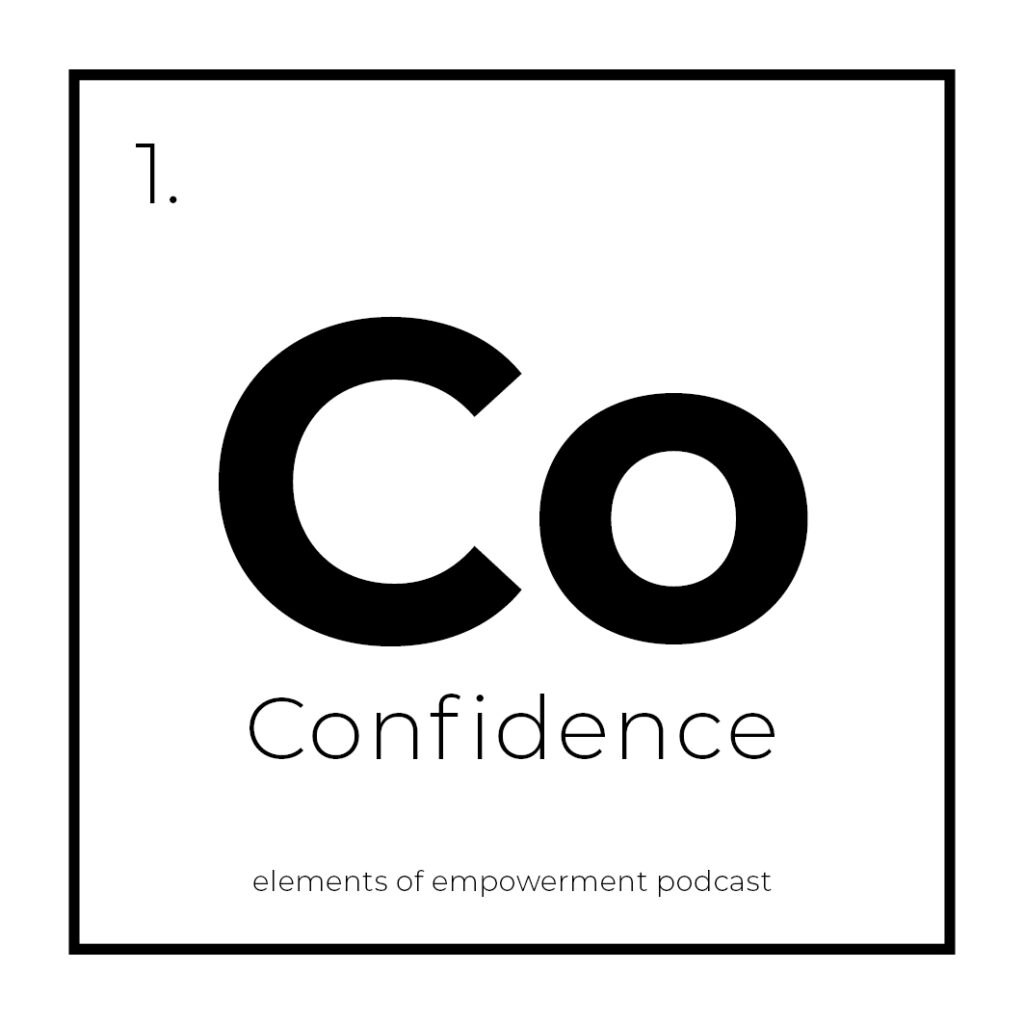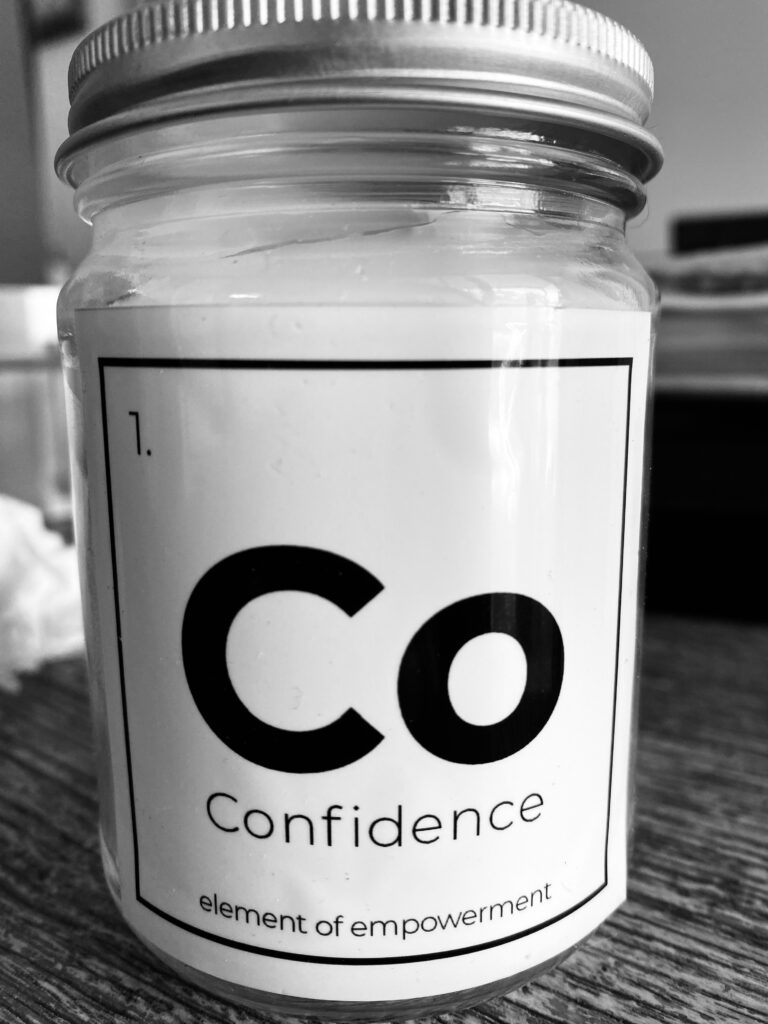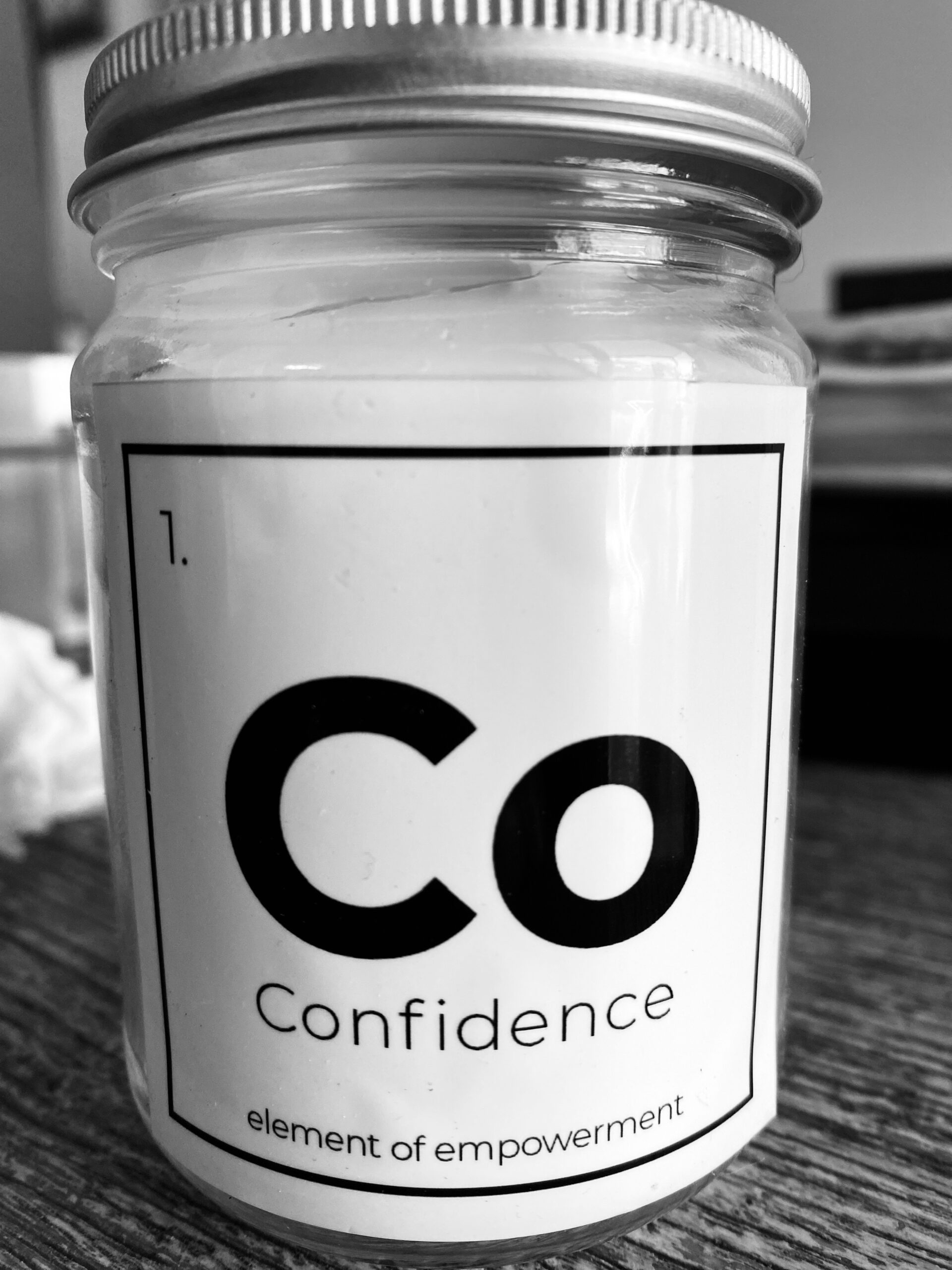$29.00
Soy Wax Candle with essential oils that promote wellbeing, confidence and optimism. Used in rituals to promote a positive mind set and fill the environment with an uplifting, restorative sense of achievement. 35 hour burn.
Description
When we are faced with trauma or feel threatened our senses are heightened, our breath rate increases followed by heart rate, our blood flow is flooded with hormones that activate feeling and emotions. Peripheral blood vessels in the skin constrict, central blood vessels around vital organs dilate to fill them them with oxygen and nutrients, and muscles are pumped with blood, ready to react. Shock and Fear cause a spike in the hormonal response that lasts around 90 seconds. The compounding effect of ongoing threats or increased fear extends the bodies reaction for longer.
We can regulate these reactions with learnt rituals that bring and restore calm. And every time we do, we learn, we reflect, we seek to do better and we find a way to be in that moment that shows us we can.

Despite the Fear – Do it Anyway – Build Confidence
Every time you do something that you never or didn’t think you could do – you create confidence. An invisible and intangible sense of resilience. You build on what you have done, making it possible to achieve what you want to do, or at least a step closer. .
 Lighting a candle symbolizes bringing light to our wishes or desires.
Lighting a candle symbolizes bringing light to our wishes or desires.COMBINED WITH WORDS
Your words define how you see yourself and your situation. A growing body of research indicates that self-talk can improve your memory, confidence, focus and self worth. But you need the right strategy. Start by talking to yourself the same way you’d like someone else to speak to you.
WORD ASSOCIATION
 That conversation you are having with yourself is like talking to someone else, a version of you that needs to hear what you have to say. Whilst you don’t know everything you’re going to say — your words might surprise you. Invest in developing your vocabulary and communication style.
That conversation you are having with yourself is like talking to someone else, a version of you that needs to hear what you have to say. Whilst you don’t know everything you’re going to say — your words might surprise you. Invest in developing your vocabulary and communication style.
Practicing self-talk actually has many benefits.
Based on this, by using empowering words, (check out the study on the vibe of words on Water Consciousness and how tone impacts) it is believed that word association can reveal something of a person’s subconscious mind (as it shows what things they associate together), but others have been skeptical of how effective such a technique could be in psychology. So here are some examples:
EMOTIONAL REGULATION IS KEY
The sympathetic nervous system’s primary process is to stimulate the body’s fight or flight response.
It is, however, constantly active at a basic level to maintain homeostasis. The body systems are designed to “feed and breed” and to (then) “rest-and-digest”
The fight-or-flight or the fight-flight-or-freeze-fawn (also called hyperarousal or the acute stress response) is a physiological reaction that occurs in response to a perceived harmful event, attack, or threat to survival.
This response is recognised as the first stage of the general adaptation syndrome that regulates stress responses. You can support this adaptation by engaging in strategies that allow the body to self regulate. As we experience many emotions, often in duality or layered.
Such as Grief at the loss of a relationship = Relief and Sadness


